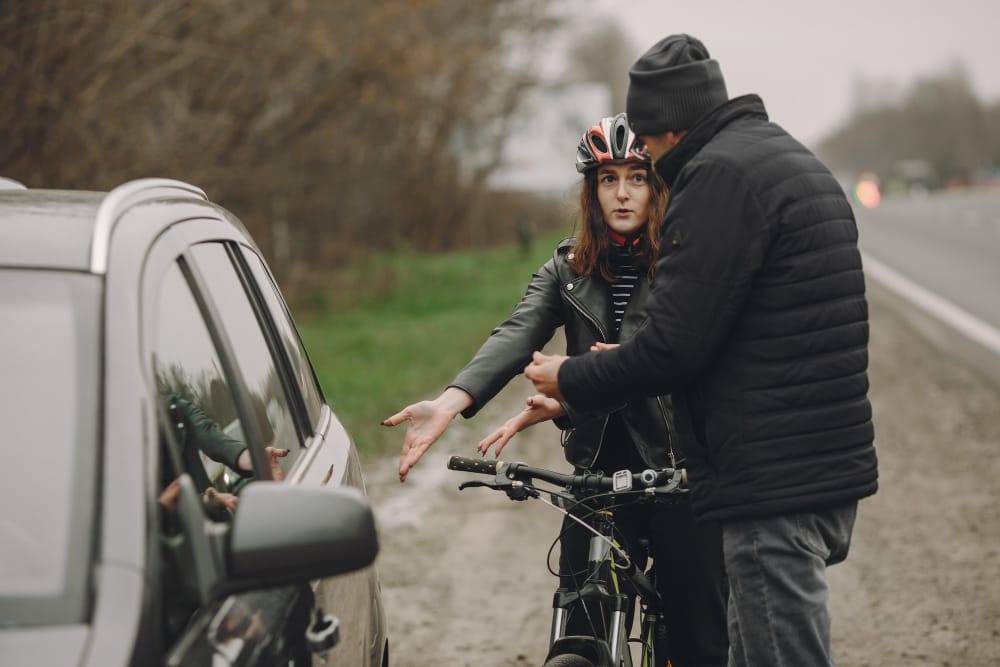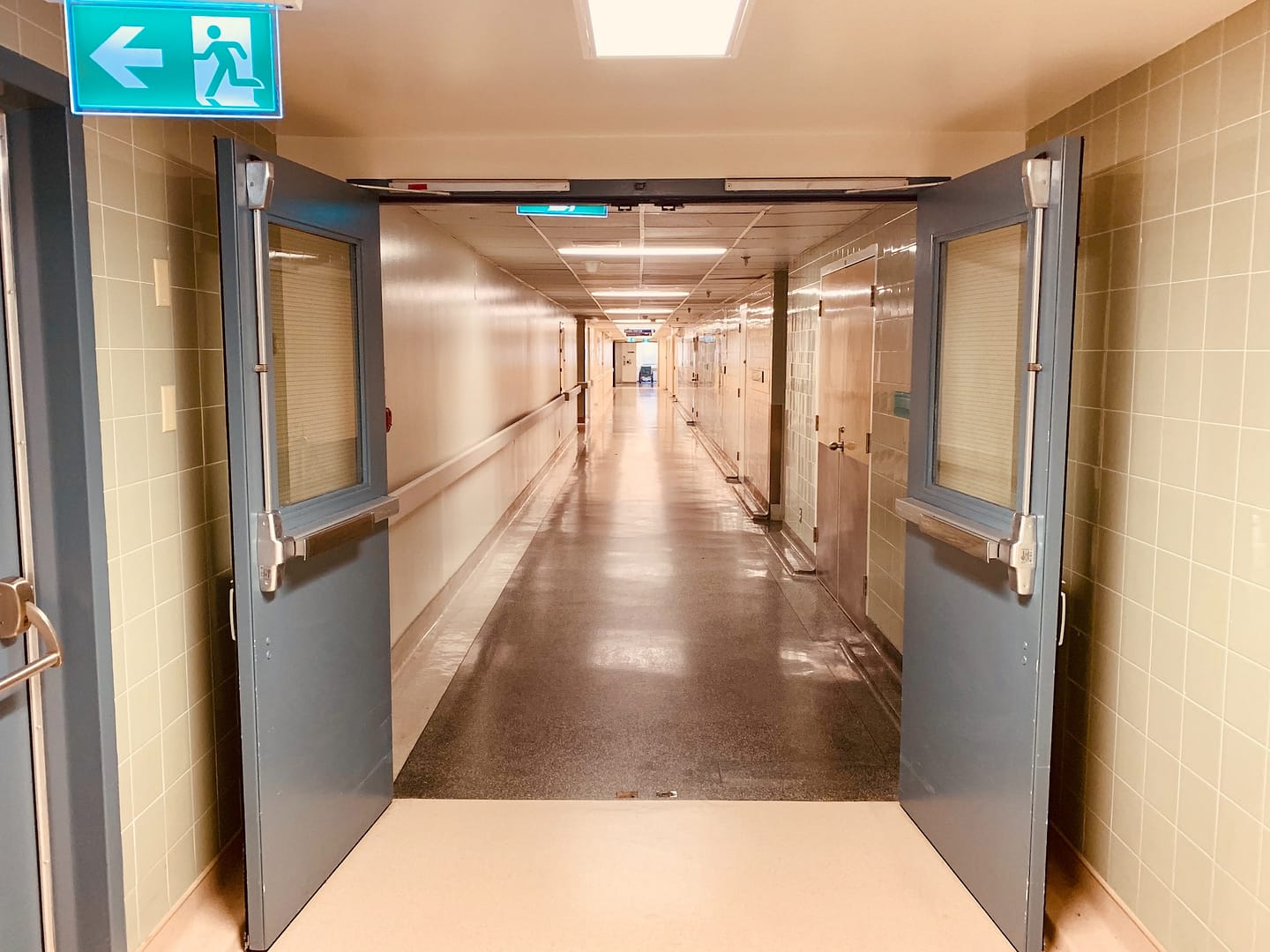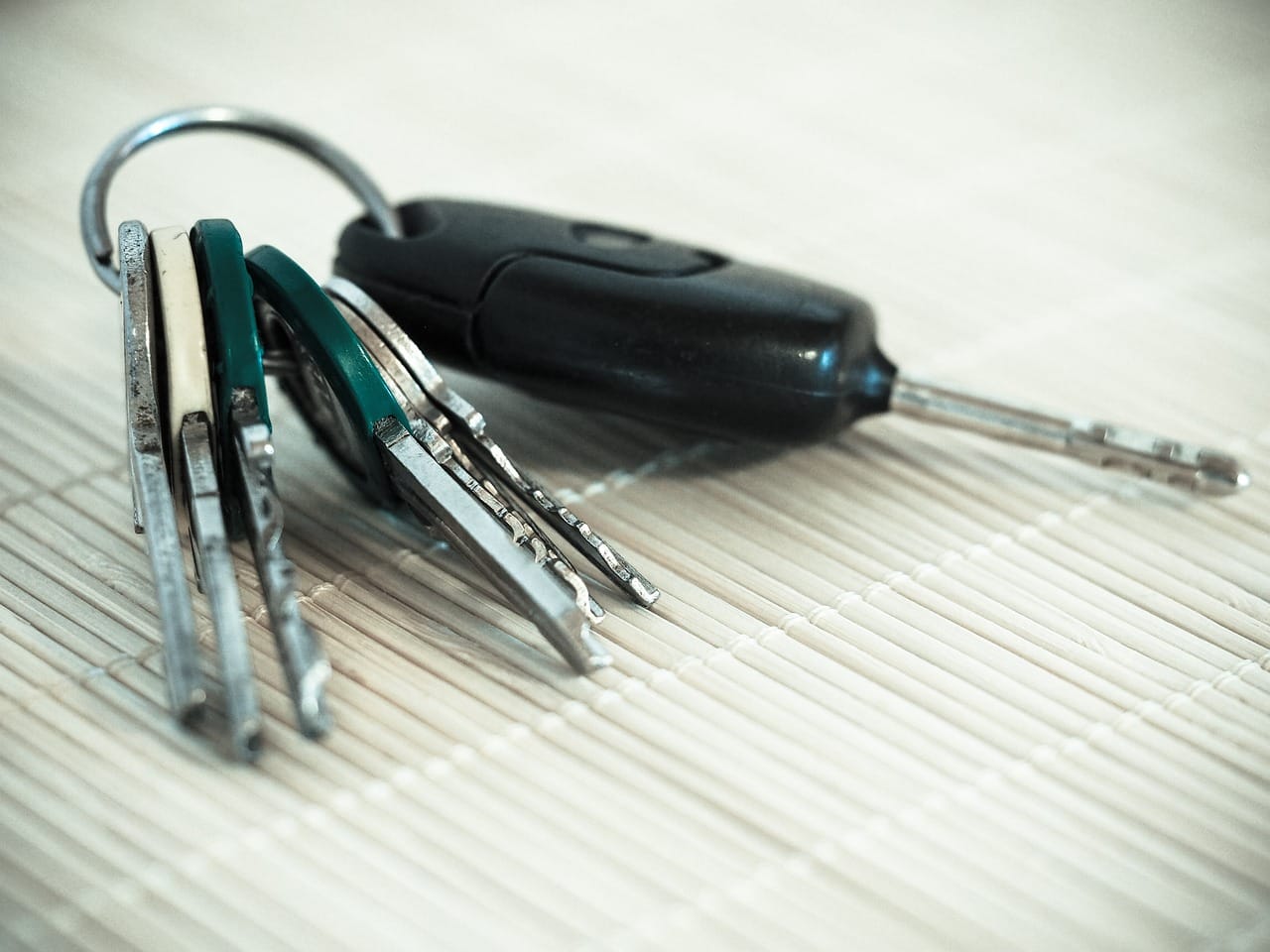In the world of road safety, the term “vulnerable road users” (VRUs) holds significant weight. These individuals are disproportionately at risk in traffic environments, often bearing the brunt of road traffic injuries and fatalities. But who exactly are VRUs, and why is their safety a matter of global concern? This article unpacks these questions, shedding light on their importance in creating safer, more inclusive roads.
While car drivers and passengers often file the most common claims, VRUs can also pursue compensation for the physical, emotional, and financial toll of their injuries. Whether due to a collision with a vehicle, poor road conditions, or lack of adequate infrastructure, vulnerable road users are entitled to compensation for their suffering and any associated costs.
Who Are Vulnerable Road Users?
Vulnerable Road Users include pedestrians, cyclists, motorcyclists, and sometimes others such as scooter riders, wheelchair users, and children walking to school. These groups are particularly at risk in traffic because they are not enclosed in protective vehicles, leaving them more exposed in the event of a collision.
- Pedestrians: Pedestrians account for a large portion of VRU-related incidents globally. Children, the elderly, and individuals with disabilities are especially at risk due to limited mobility, slower reaction times, and less awareness of traffic dynamics.
- Cyclists: With the surge in cycling as a sustainable mode of transport, cyclists have become a prominent group of VRUs. Their lightweight vehicles and exposure to traffic dangers make them vulnerable, especially in areas with insufficient cycling infrastructure.
- Motorcyclists: Often overlooked, motorcyclists represent a high percentage of traffic fatalities in many countries. Their small size and speed variability make them harder to detect, increasing their susceptibility to accidents.
Other Groups: Emerging trends, such as e-scooter users and electric wheelchair riders, are broadening the definition of VRUs. These individuals also face risks due to limited protective gear and infrastructure inadequacies.
Why Do Vulnerable Road Users Matter?
The significance of VRUs lies in the disproportionate toll road traffic injuries and fatalities have on them. According to the World Health Organization (WHO), over half of all road traffic deaths globally are among pedestrians, cyclists, and motorcyclists
Humanitarian Perspective
Every life lost on the road is a tragedy. Protecting VRUs is a moral imperative. These individuals often represent some of the most vulnerable segments of society, such as children and the elderly. Their protection aligns with broader societal goals of equality and inclusivity.
Economic Impacts
Road accidents involving VRUs impose significant costs on individuals, families, and societies. Medical expenses, loss of productivity, and emotional trauma can have long-lasting repercussions. By reducing VRU incidents, communities can save billions in economic costs.
Environmental and Social Benefits
Promoting the safety of VRUs also encourages sustainable modes of transportation. Safer roads for pedestrians and cyclists can lead to reduced vehicular emissions, healthier lifestyles, and improved urban mobility.
Challenges Facing Vulnerable Road Users
It’s not just car drivers or passengers who can claim personal injury compensation following a road traffic accident (RTA). While compensation claims from these groups are the most common, vulnerable road users—such as pedestrians, cyclists, and motorcyclists—can also pursue personal injury claims following an RTA. These groups, due to their increased risk and exposure on the road, are entitled to seek compensation for any injuries sustained in an accident.
Several factors contribute to the heightened risk faced by VRUs:
- Infrastructure Deficiencies:
Many roads are designed with motor vehicles in mind, leaving little space or consideration for pedestrians, cyclists, and other VRUs. Lack of sidewalks, bike lanes, and crossing facilities exacerbate the dangers. - Driver Behaviour:
Speeding, distracted driving, and failure to yield are common causes of VRU accidents. Drivers often fail to recognize or respect the rights of VRUs, particularly in congested urban areas. - Policy Gaps:
In some regions, there are inadequate policies or enforcement measures to protect VRUs. The absence of strict penalties for traffic violations involving VRUs often leads to repeated offences. - Lack of Awareness:
Both drivers and VRUs may lack awareness about road safety rules, increasing the likelihood of accidents. Educational campaigns targeting both groups are crucial to mitigate these risks.
Strategies to Protect Vulnerable Road Users
Addressing the challenges VRUs face requires a multi-faceted approach:
1. Improved Infrastructure
Governments and urban planners must prioritise the development of VRU-friendly infrastructure. This includes:
- Installing sidewalks, pedestrian crossings, and bike lanes.
- Implementing traffic-calming measures, such as speed bumps and narrower lanes, to reduce vehicle speeds.
- Designing separate spaces for VRUs and motor vehicles to minimise interaction points.
2. Stricter Enforcement and Policies
Strong legislation and enforcement are essential. This involves:
- Lowering speed limits in areas with high VRU activity.
- Mandating the use of protective gear for cyclists and motorcyclists.
- Ensuring that drivers who endanger VRUs face strict penalties.
3. Public Awareness Campaigns
Education plays a vital role in protecting VRUs. Campaigns should:
- Educate drivers on the importance of sharing the road and yielding to VRUs.
- Inform VRUs about their rights and responsibilities, such as using designated crossings and wearing reflective clothing.
4. Technological Innovations
Advancements in vehicle safety can also help protect VRUs. For example:
- Vehicles equipped with pedestrian and cyclist detection systems can significantly reduce collisions.
- Smart traffic systems that prioritise VRU safety at intersections can create safer environments.
The Path Forward
Creating safer roads for vulnerable road users requires a collective effort from governments, urban planners, advocacy groups, and individuals. By prioritising their safety, we not only save lives but also foster healthier, more sustainable communities.If you’ve been involved in a road accident, contact National Claims. Our team will connect you with experienced solicitors dedicated to handling your case and securing the compensation you deserve.
Roads should be designed for everyone, not just motor vehicles. Understanding the unique challenges faced by VRUs and implementing targeted strategies is key to making this vision a reality. After all, every pedestrian, cyclist, or motorcyclist is someone’s loved one—and they deserve to reach their destination safely.
Conclusion
Vulnerable Road Users are an integral part of our transport systems, yet they face disproportionate risks. Addressing their needs is not just a matter of road safety but also a step toward building more inclusive, sustainable, and equitable societies. By investing in their protection, we pave the way for a safer and more compassionate world.
Consult with National Claims
Navigating the legal complexities of a road traffic accident claim can be overwhelming, especially if you are recovering from injuries. At National Claims, where we have experience in handling such cases can be invaluable. We will guide you through the process, and work to ensure you receive fair compensation for your injuries and losses. We will also walk you through the claims process.

We’re proud of our excellent customer reviews
We thrive on delivering exceptional service and ensuring our clients’ satisfaction. Don’t just take our word for it. Check out some of our independent reviews to see what our clients have to say.
Excellent

This firm is excellent, they sorted out my car pay out and injury claim very fast, they always communicate with you all the time.

My accident case was dealt with confidence and with great result of the outcome, especially James kept me informed all the time.

I was very impressed at the way my inquiry was treated. I was listened to attentively and everything I needed to know was explained to me.






